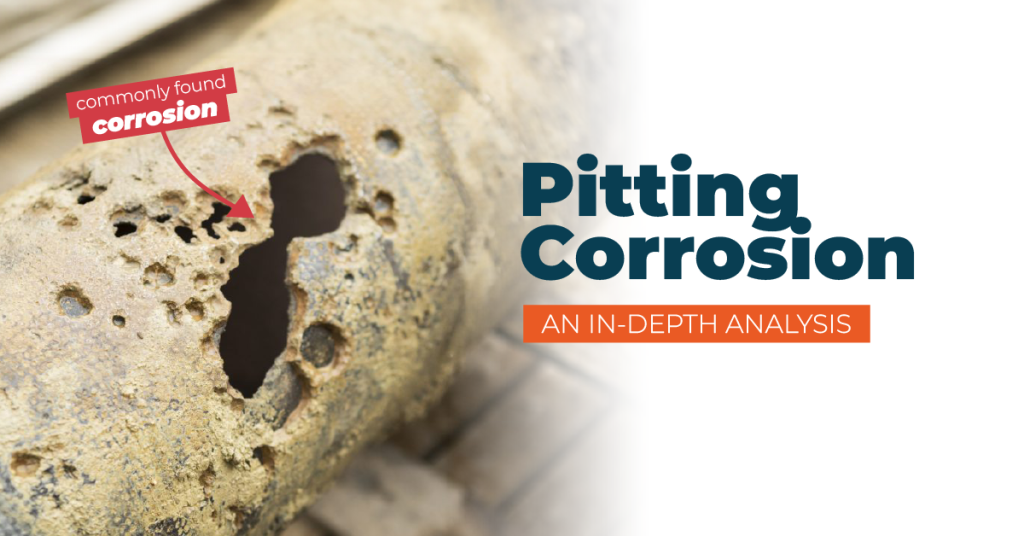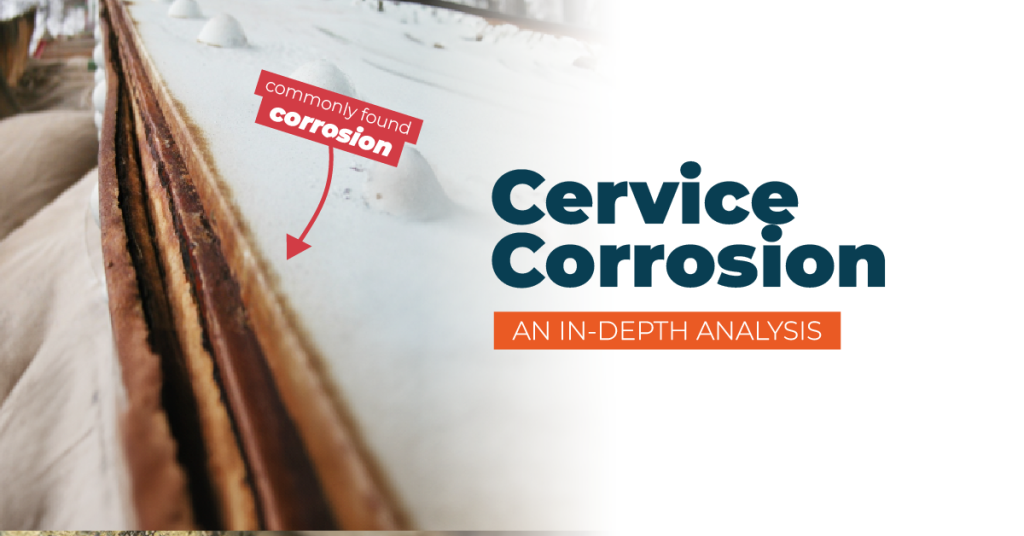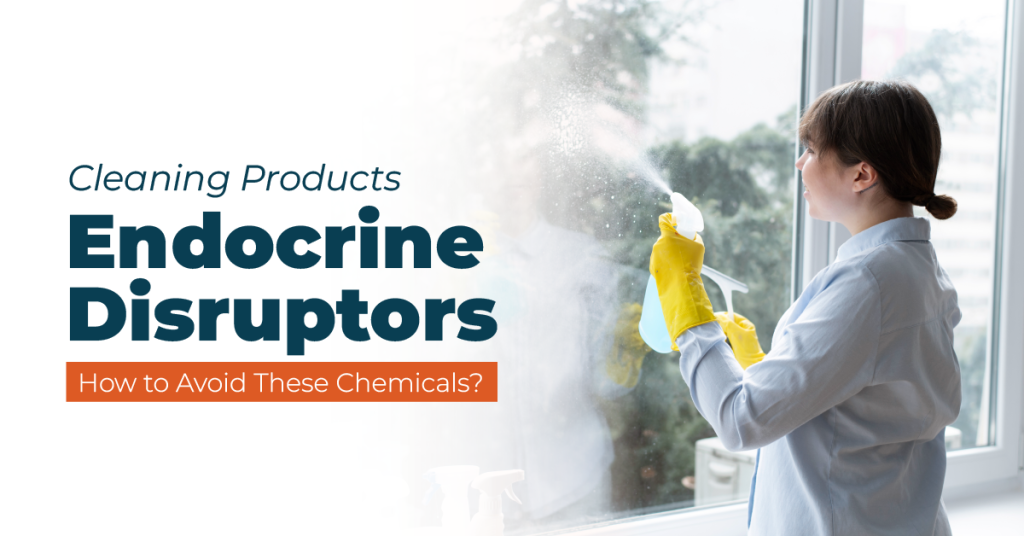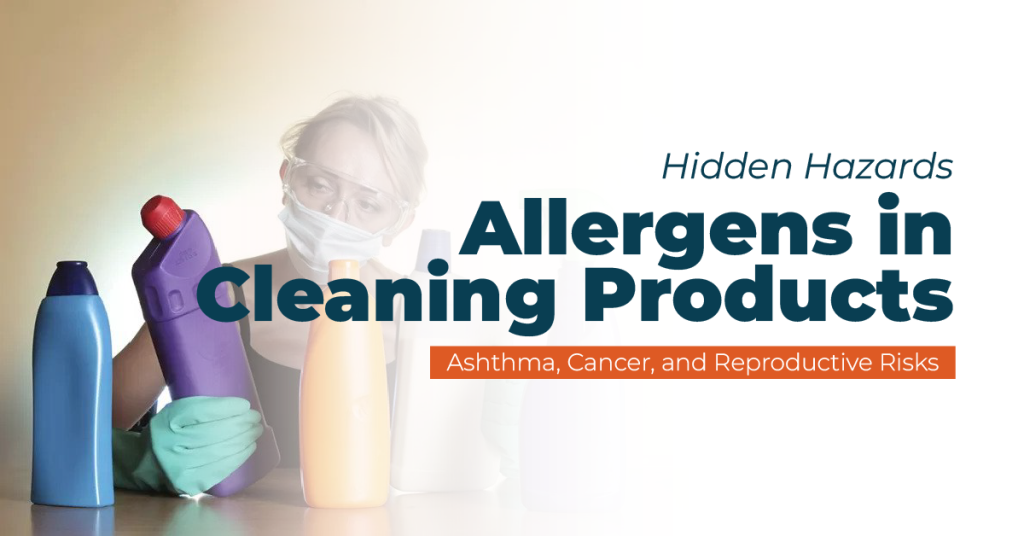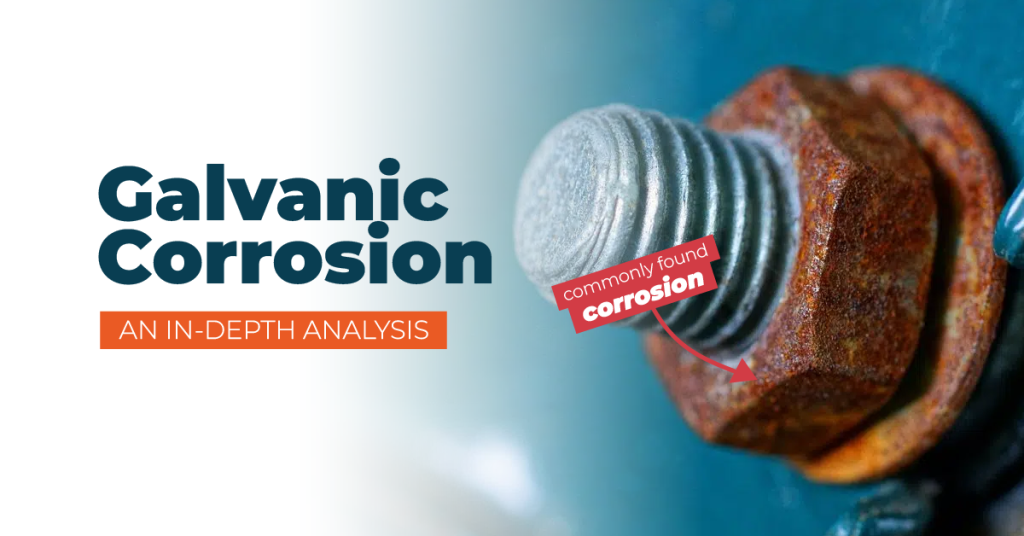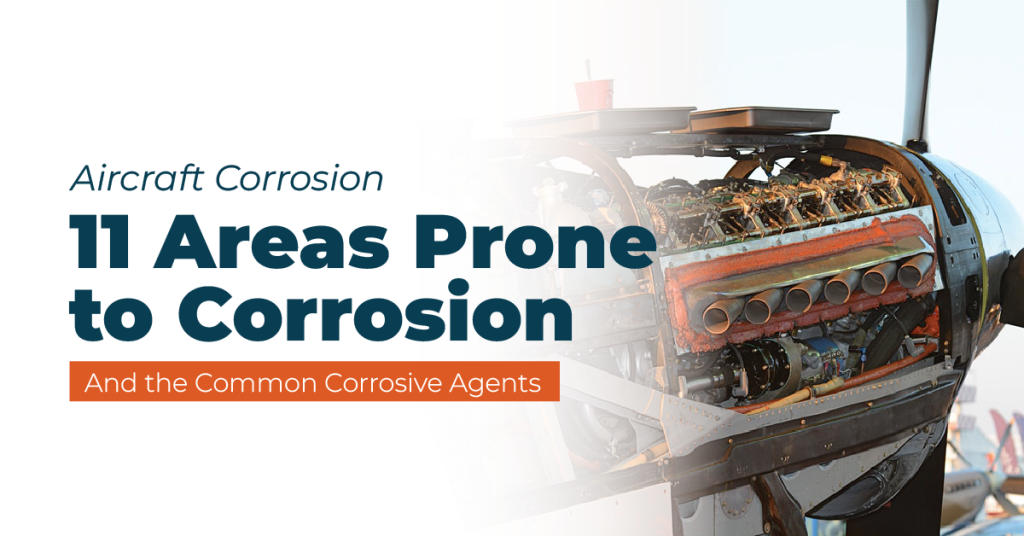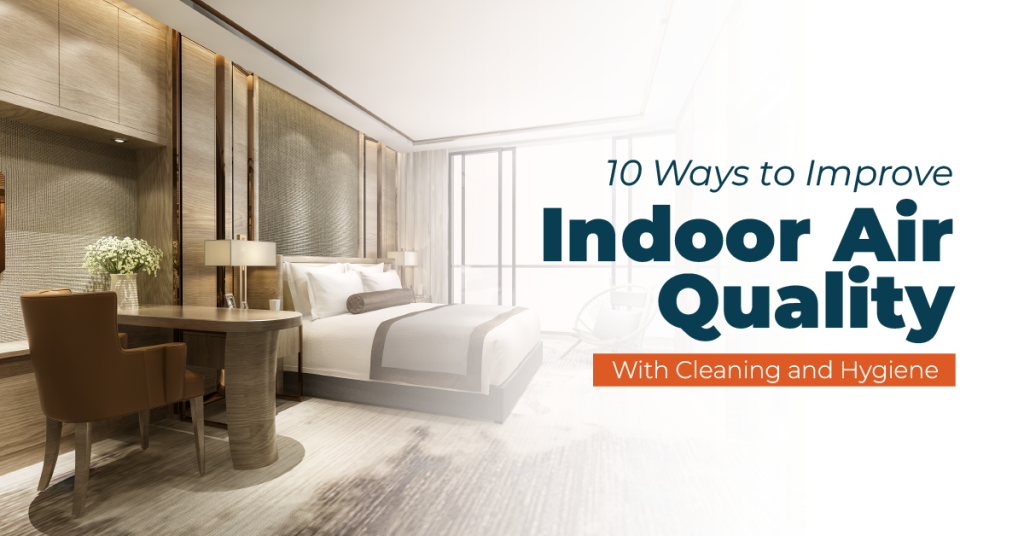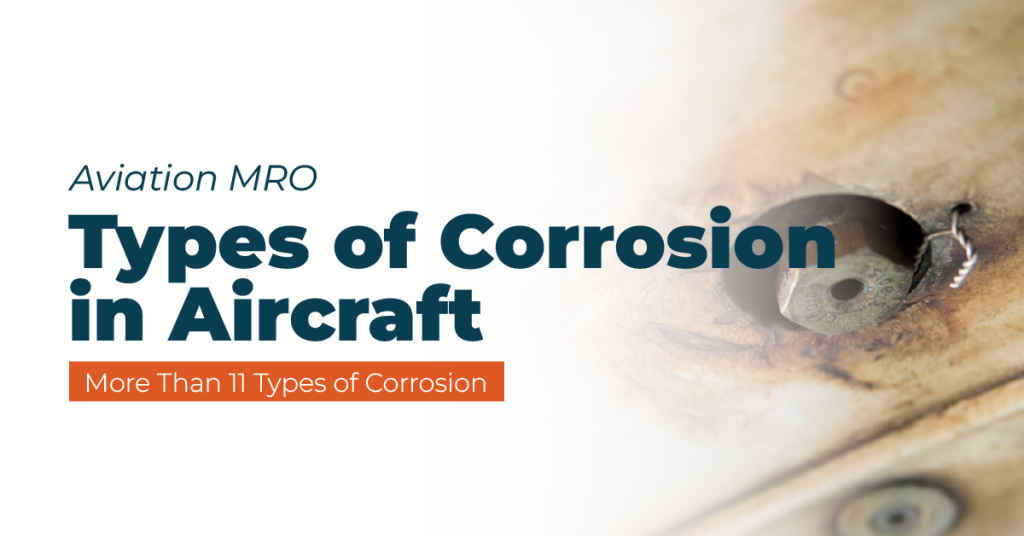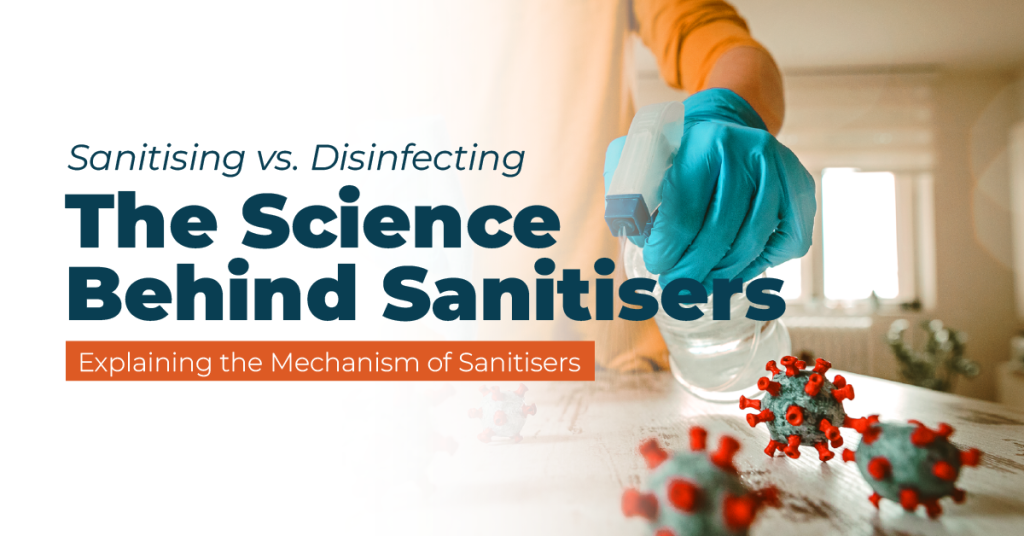
What Is the Difference Between Sanitising and Disinfecting: The Science Behind Sanitising
In the battle against germs and contaminants, our first line of defence is often the simplest: cleaning. But when it comes to ensuring the safety and cleanliness of our environments, the terms “cleaning,” “sanitising,” and “disinfecting” are frequently used interchangeably, causing confusion about their true purposes and effectiveness. So, to answer the question ‘What is the difference between sanitising and disinfecting?’, you must first understand the distinctions among these processes: cleaning, the initial step in the hygiene hierarchy, rids surfaces

